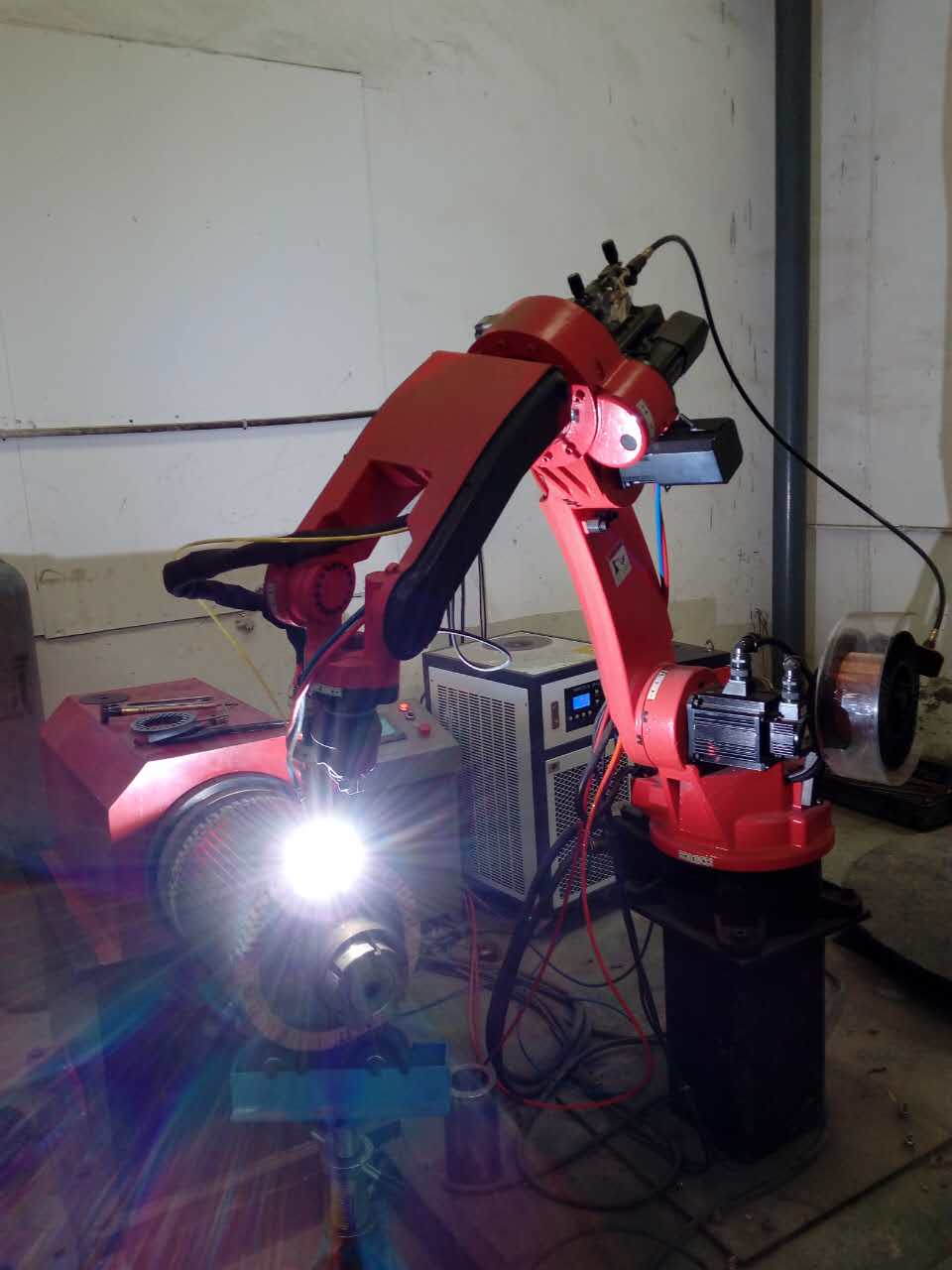TIG welding
This is a non-melting electrode inert gas shielded welding, which uses the arc between the tungsten electrode and the workpiece to melt the metal to form a weld. The tungsten electrode does not melt during the welding process and only acts as an electrode. At the same time, argon gas is fed into the torch nozzle for protection. It is also possible to additionally add metal as required.
Since non-melting extremely inert gas shielded arc welding can well control the heat input, it is an excellent method for connecting sheet metal and bottom welding. This method can be used for the connection of almost all metals, especially suitable for welding aluminum, magnesium and other metals that can form refractory oxides and active metals such as titanium and zirconium. The weld quality of this welding method is high, but compared with other arc welding, its welding speed is slower.
MIG welding
This welding method uses the arc burning between the continuously fed welding wire and the workpiece as the heat source, and the inert gas shielded arc sprayed from the welding torch nozzle is used for welding.
The shielding gas usually used in MIG welding is: argon, helium or a mixture of these gases.
The main advantage of MIG welding is that it can be easily welded in various positions, and it also has the advantages of faster welding speed and high deposition rate. MIG welding is suitable for stainless steel, aluminum, magnesium, copper, titanium, zirconium and nickel alloys. This welding method can also be used for arc spot welding.
Post time: Jul-23-2021







